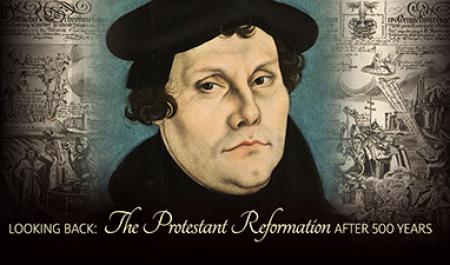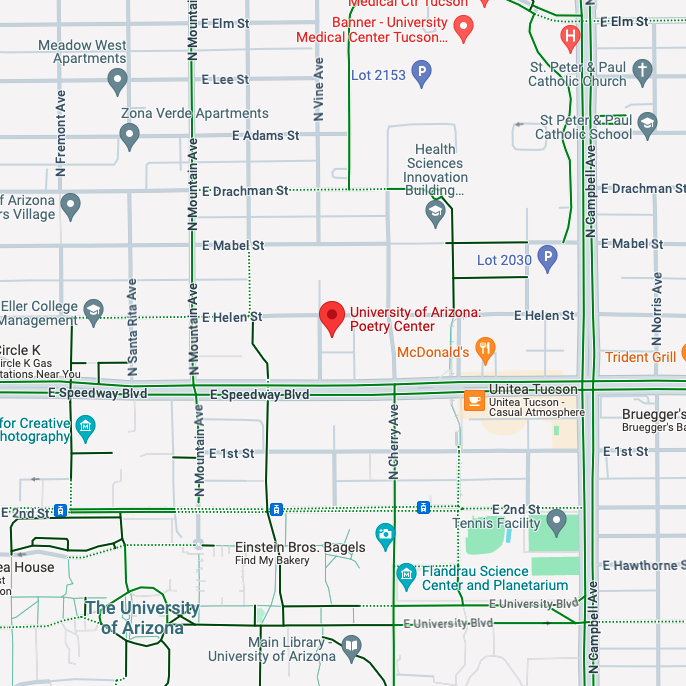This course surveys the Reformation. Beginning with Europe at the end of the fifteenth century, we discuss why Martin Luther broke with the late-medieval Roman Catholic Church, and explore traditional and novel theologies and ecclesiastical practices. We touch on other actors and movements like the Swiss Reformation (Ulrich Zwingli and John Calvin) and the English Anglican/Puritan reforms. In addition, we look at smaller nonconformist ways of thinking like the Anabaptists and their martyrdom at the hands of Protestants and Catholics alike. Finally, we see how Catholicism underwent similar reform in the sixteenth century. Here we examine major Catholic reformers like the Spaniards Ignatius of Loyola and Teresa of Avila, and the Italian Carlo Borromeo, and how the Council of Trent at midcentury set a template for a renewed Catholic Church.






